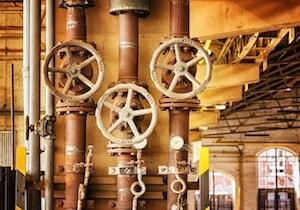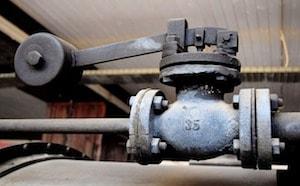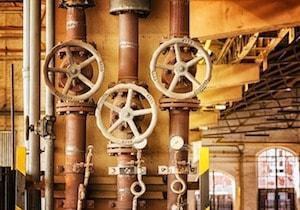Best Practices for Testing Pressure Relief Valves: Regular Testing and Maintenance, Replacements, and More


Safety is of the utmost importance when dealing with pressure relief valves. The valve is designed to limit system pressure, and it is critical that they remain in working order to prevent an explosion. Explosions have caused far too much damage in companies over the years, and though pressurized tanks and vessels are equipped with pressure relief vales to enhance safety, they can fail and result in disaster.
That’s also why knowing the correct way to test the valves is important. Ongoing maintenance and periodic testing of pressurized tanks and vessels and their pressure relief valves keeps them in working order and keep employees and their work environments safe. Pressure relief valves must be in good condition in order to automatically lower tank and vessel pressure; working valves open slowly when the pressure gets high enough to exceed the pressure threshold and then closes slowly until the unit reaches the low, safe threshold. To ensure the pressure relief valve is in good working condition, employees must follow best practices for testing them including:
Read on to learn more about each of the best practices for testing pressure relief valves.
If you consider testing pressure relief valves a maintenance task, you’ll be more likely to carry out regular testing and ensure the safety of your organization and the longevity of your  boiler. It is recommended that you test pressure relief valves at least once every six months, especially to reduce leakage caused by the buildup of minerals and corrosion. Scheduling pressure relief valve testing every six months enables you to troubleshoot issues and fix them promptly. Be sure your company documents your relief valve testing activities.
boiler. It is recommended that you test pressure relief valves at least once every six months, especially to reduce leakage caused by the buildup of minerals and corrosion. Scheduling pressure relief valve testing every six months enables you to troubleshoot issues and fix them promptly. Be sure your company documents your relief valve testing activities.
It’s important to note, however, that the American Society of Mechanical Engineers (ASME) and National Board Inspection Code (NBIC), as well as state and local jurisdictions, may set requirements for testing frequency. Companies are responsible for checking with these organizations to become familiar with the testing requirements. Consider the following NBIC recommendations on the frequency for testing relief valves:
When testing the pressure relief valve, raise and lower the test lever several times. The lever will come away from the brass stem and allow hot water to come out of the end of the drainpipe. The water should flow through the pipe, and then you should turn down the pressure to stop the leak, replace the lever, and then increase the pressure.
One of the most common problems you can address with regular testing is the buildup of mineral salt, rust, and corrosion. When buildup occurs, the valve will become non-operational; the result can be an explosion. Regular testing helps you discover these issues sooner so you can combat them and keep your boiler and valve functioning properly. If no water flows through the pipe, or if there is a trickle instead of a rush of water, look for debris that is preventing the valve from seating properly. You may be able to operate the test lever a few times to correct the issue. You will need to replace the valve if this test fails.
When testing relief valves, keep in mind that they have two basic functions. First, they will pop off when the pressure exceeds its safety threshold. The valve will pop off and open to exhaust the excess pressure until the tank’s pressure decreases to reach the set minimum pressure. After this blowdown process occurs, the valve should reset and automatically close. One important testing safety measure is to use a pressure indicator with a full-scale range higher than the pop-off pressure.
Thus, you need to be aware of the pop-off pressure point of whatever tank or vessel you test. You always should remain within the pressure limits of the test stand and ensure the test stand is assembled properly and proof pressure tested. Then, take steps to ensure the escaping pressure from the valve is directed away from the operator and that everyone involved in the test uses safety shields and wears safety eye protection.
When you have pressure relief valves in your facility or along your pipeline system, you need to know they are functional and  when to repair or replace them. By testing regularly and following a repair/replacement schedule, you’ll not only ensure the safety and well-being of your organization, but you’ll also extend the life of your valves. There are three times you should consider repairing or replacing your valves: after discharge, according to local jurisdictional requirements, and depending on their service or application.
when to repair or replace them. By testing regularly and following a repair/replacement schedule, you’ll not only ensure the safety and well-being of your organization, but you’ll also extend the life of your valves. There are three times you should consider repairing or replacing your valves: after discharge, according to local jurisdictional requirements, and depending on their service or application.
Pressure relief valves serve a critical role in protecting organizations and employees from explosions. Knowing how and when to test and repair or replace them is essential.
Images via Pixabay by TheoRivierenlaan and Tama66
Our sales engineers are experts in automatic asset tracking, tagging and identification,a nd can answer all your questions. Get in touch now.
Lets Talk ›